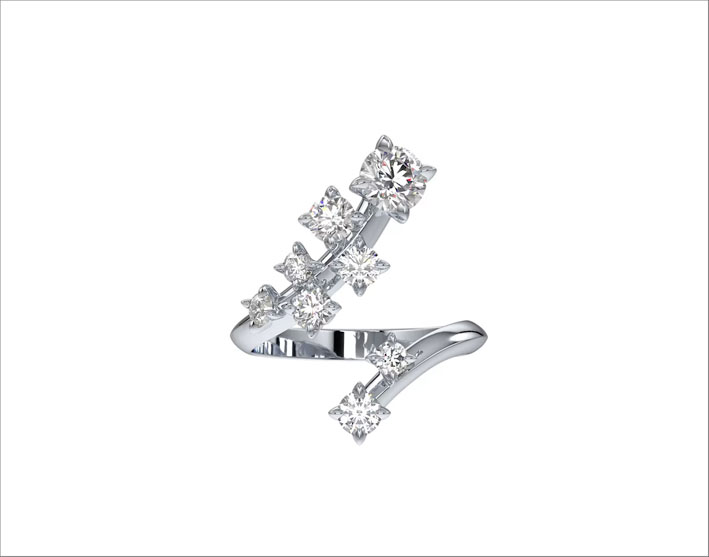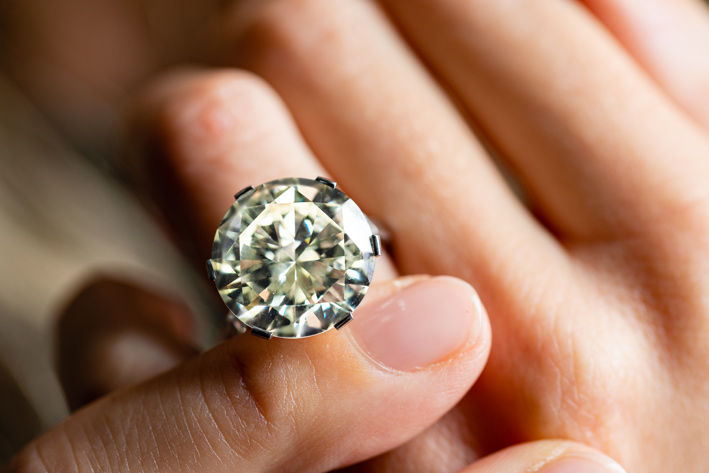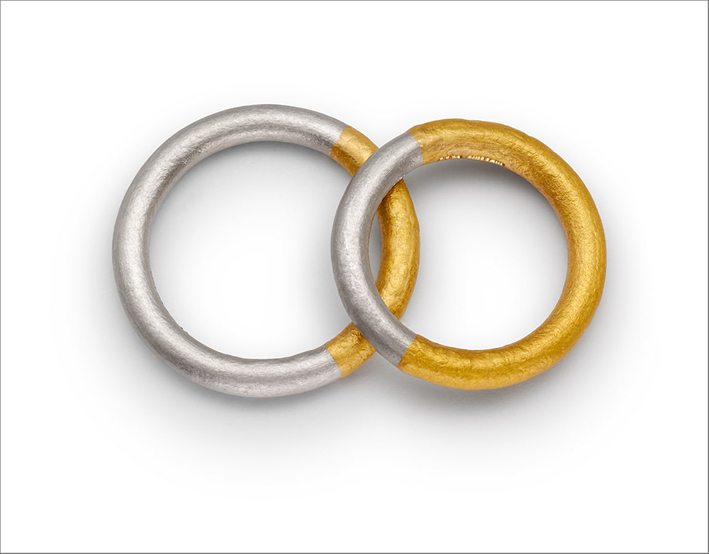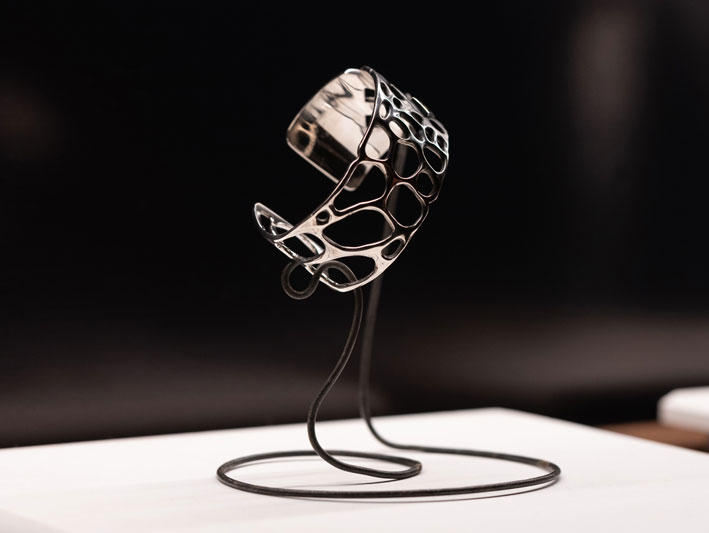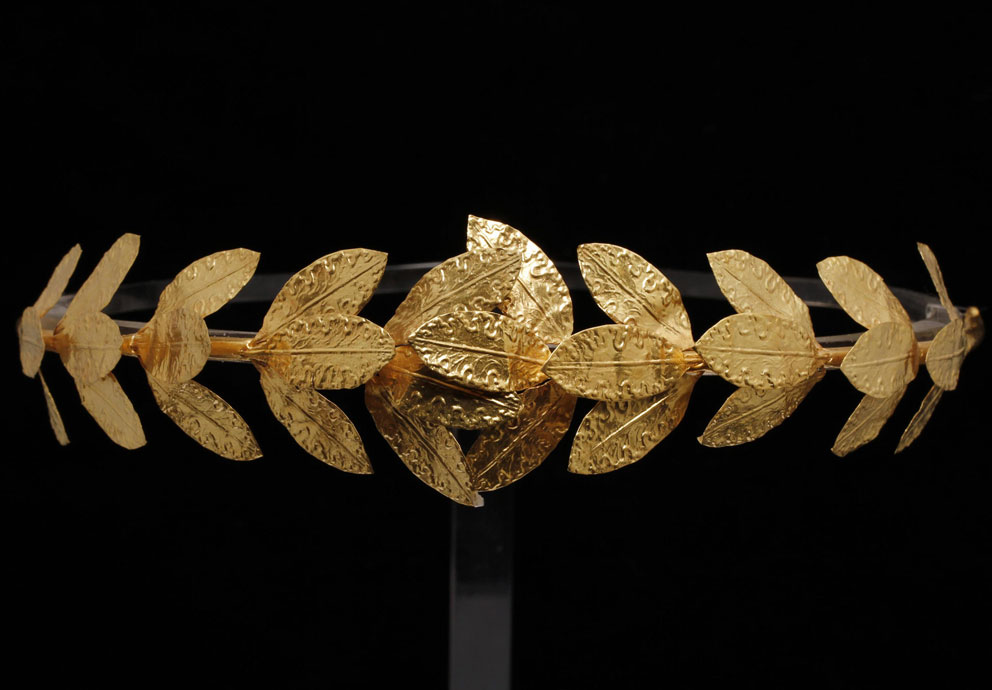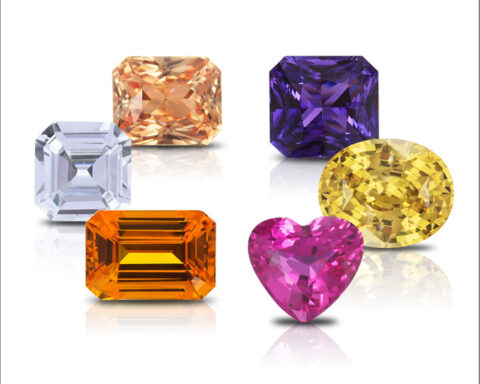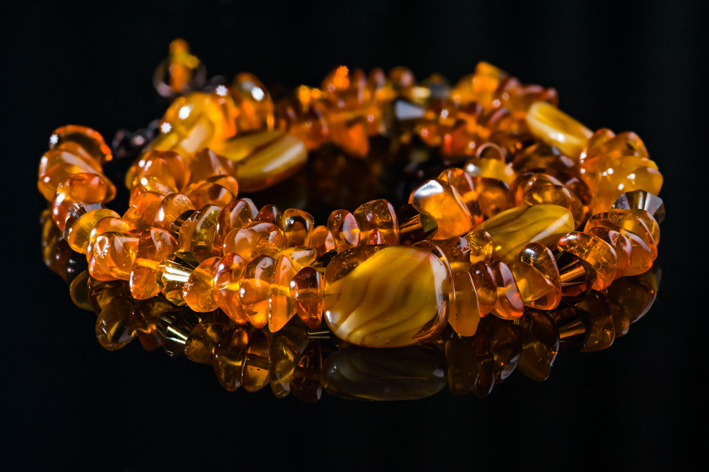Why are the sales of artificial diamond jewelery created in the laboratory increasing? Those who love diamonds must take into account a trend that is becoming more and more popular: that of gems produced artificially, in laboratories. Research firm Brainy Insights recently estimated that the $10.8 billion lab-grown diamond market will reach $20.6 billion by 2032. Lab-grown diamonds are increasingly seen as a more attractive option. affordable compared to jewelry made with naturally mined diamonds. And more and more brands, from Pandora to De Beers, offer jewelery with laboratory-grown diamonds, now available in a wide range of sizes and shapes. And at an affordable price. So lab-grown diamond manufacturers are working with several jewelry companies and designers, particularly in Europe, to produce distinctive, fashionable and exclusive jewelry.
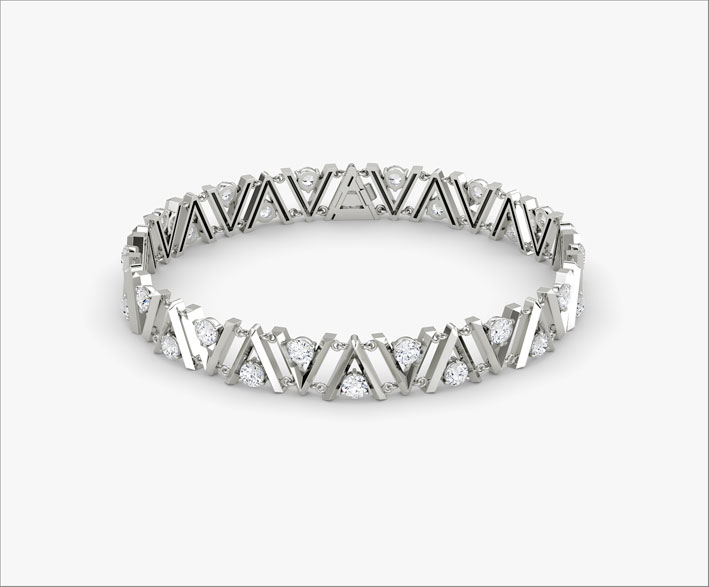
Also according to the Bloomberg news agency, artificial stones, created in laboratories, are a growing market. Simply put, most artificial diamonds are made by two different methods: with carbon treated in a special microwave and strong overheating, which turns into a plasma ball, or strong compression is used. They are methods that simulate the natural process by which, over millions of years, diamonds were formed in the depths of the Earth. These processes (the two systems are called HPHT or CVD), however, require special machines (don’t try with your home microwave) to crystallize the carbon and transform it into gems also used (but not only) for jewellery. For this reason, in any case, defining laboratory diamonds as green is a stretch: the process of creating synthetic gems is still very energy-intensive. The largest producers of synthetic diamonds are located in India, China and the United States.

How do you recognize them?
Artificial diamonds are difficult to distinguish from natural ones. Only experts, with special machines and in laboratories with sophisticated equipment, can perceive the different characteristics, processing and cutting. Indeed, some synthetic diamonds have properties such as hardness, thermal conductivity and electron mobility that are superior to those of most natural diamonds. Impurities are generally avoided, but can be intentionally introduced to change some properties of the diamond. In short, distinguishing them is really difficult and, for a simple jeweler, almost impossible. This is also why natural diamonds are accompanied by a certificate that guarantees their authenticity.
Synthetic diamonds are usually very small, weighing less than 1 carat, although larger laboratory gems are starting to appear on the market. They are not just white, colorless. There are also fancy ones, in particular yellow and blue. The yellow comes from nitrogen impurities in the manufacturing process, while the blue comes from boron. Other colors, such as pink or green, are obtained using radioactive rain (but without danger to health, hopefully).
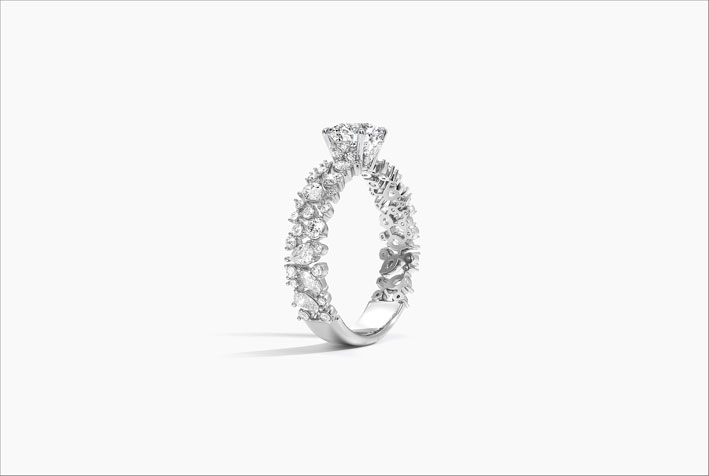
Do they cost more or less?
Synthetic diamonds are sold on average for 15-30% less than their natural equivalents. However, it also depends on their quality: even artificial diamonds are not all the same. According to the producers, the price should decrease further as production improves. Is it worth choosing them? But, be careful: Rapaport Group, which is a party to the dispute since it deals with information on the diamond trade, has raised an alarm with the aim of warning consumers about the retail prices of laboratory-grown diamonds, considered too high . According to Rapaport, some lab stones were purchased in bulk at prices up to 99% below list price for natural diamonds. But many retailers have not applied the same discount to consumers.
